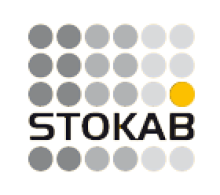Plan for FTTH in Chanute Looking Positive in Kansas
Chanute has been exploring available options for a citywide FTTH network. In addition to offering residential service, city leaders want to expand the business use of its municipal fiber network. A limited number of businesses currently join schools, government, and utilities on the fiber infrastructure.
The community incrementally built a fiber network to serve government, utilities, and schools with no borrowing or bonding. The broadband utility continues to expand and uses WiMAX for public safety and to connect several businesses. For the full story of this central Kansas community, download our case study Chanute’s Gig: One Rural Kansas Community’s Tradition of Innovation Led to a Gigabit and Ubiquitous Wireless Coverage.
As we reported previously, the City Council began reviewing potential scenarios to bring fiber to each premise. The Wichita Eagle reported that Utilities Director Larry Gates recently presented price and speed estimates to a City Council study session:
When complete, the city system will offer service at a speed of one gigabit per second.
City residents will pay $40 a month; it will cost $50 outside the city limits and $75 for businesses.
To put that in perspective, Chanute will offer the same ultra-fast connection speed as the Google Fiber system being rolled out across the Kansas City metropolitan area, but 42 percent cheaper than Google’s $70-a-month charge.
Or, to use another comparison, Chanute’s fiber-to-home system will be 14 times faster and cost 60 percent less than the best Internet service the town’s residents can get today.










